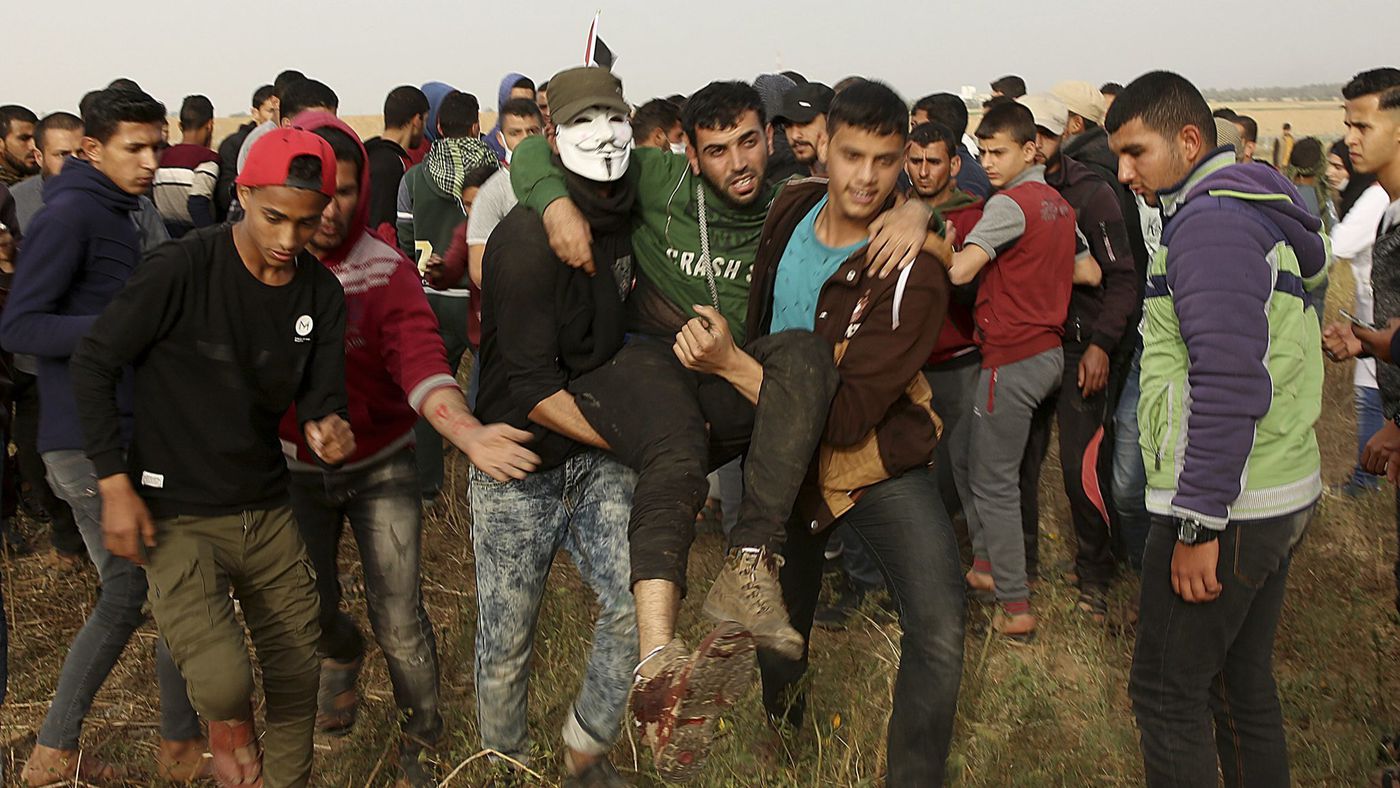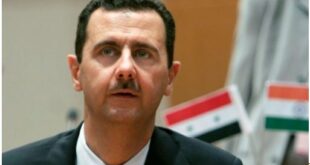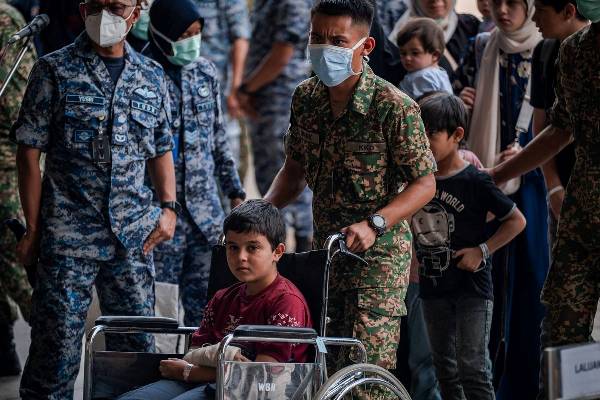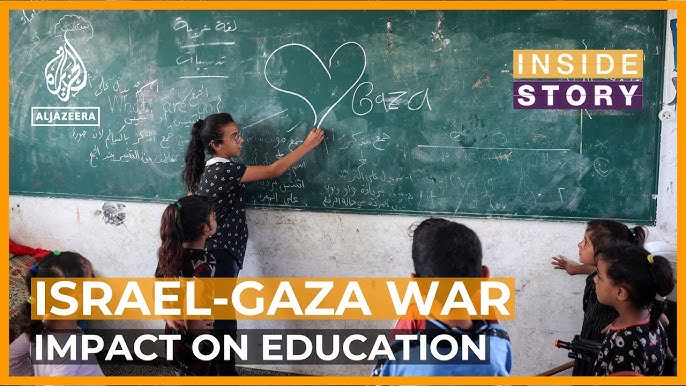
Media coverage of Israel’s massacre of Palestinian protesters during the first weekend of multiweek demonstrations in Gaza offered textbook examples of how syntax and word choice shape, and even distort, representations of the Israeli-Palestinian conflict. Even if the facts are accurately stated, the ways in which sentences are constructed, and the extent to which details are contextualized, can subtly lead readers astray.
Consider for instance the enormous consequence of choosing passive rather than active language to convey what happened. “At least 15 Palestinians die as Israel responds to protest,” wrote the Guardian in one early headline. “15 dead in Gaza demonstrations” read the front page of this newspaper, and the New York Times led with a similar formulation: “Confrontations at Gaza Fence Leave 15 Dead.”
Such phrasing separates facts from the agency that makes them intelligible. After all, those Palestinians (the actual number varies according to reports) did not simply drop dead: They were shot, deliberately. Simply splitting subject from verb, however, obscures who did what to whom and under what circumstances. “Israeli troops kill 15 Palestinians at Gaza protest,” for example, would tell a different story — and would cue a different response from readers.
So too with the use of the words “clashes” and “confrontations” in describing what happened. The next-day story in the Los Angeles Times began this way: “A day of clashes between Israeli soldiers and protesters left 16 Palestinians dead.” Again the passive voice obscured agency, and the word “clash” suggested a rough parity between the action on both sides, an exchange of equal blows. Yet there is no parity between a milling, overwhelming nonviolent crowd of 30,000 demonstrators and heavily armed soldiers manning fortified positions, let alone army snipers picking off their targets from a comfortable distance. Moreover, an army of occupation and an occupied people do not “clash.” One tries to crush; the other tries to resist, or at least to remain steadfast.
Significant ancillary circumstances were either elided or obscured in the coverage as well. There were plenty of references to the “border” between Israel and Gaza, suggesting that what happened took place on the frontier between two states. Yet Israel refuses to declare its borders, and Gaza is not a state, but occupied territory. The soldiers weren’t protecting sovereign space so much as violently suppressing the Palestinian people’s internationally recognized demand for their rights. In a video posted on an Israeli news site,, Eli Hazan, the foreign affairs director of Prime Minister Benjamin Netanyahu’s Likud Party, went so far as to assert, in defiance of international law, that “all 30,000 [protesters] are legitimate targets.”
Precious little of this came through in the U.S. media. We were told in The Times, correctly, that the Gaza protests mark the buildup to the 70th anniversary of the Nakba, the calamitous dispossession of the Palestinians during the establishment of Israel in 1948. “A majority of Gazans,” we’re told, “are the descendants of the 1948 war.” The demonstrations “demand the right of Palestinian refugees to return to their homes in what is now Israel.”
“I am from the city of Majdal,” one demonstrator told the reporter from The Times. “I am from Jaffa,” said another. “I won’t accept any solution that does not grant me my rights to return to my father’s hometown.”
The quotations are poignant, but they offered an opportunity — missed — to clarify what the speakers, Khalil Abu Qammar and Khadrah Zaqout, were talking about. People like them, from Majdal and Jaffa, did not become refugees by happenstance; they were driven from their homes by Israel’s founders, who aimed to create a state with a Jewish majority, in which, by definition, too many Muslims and Christians would be problematic.
Palestinians such as them are now not allowed to return to their hometowns, cities and villages for the same simple reason: They are not Jewish; their homes and lands are held by a state that insists on its Jewish identity at the expense of anyone and any right that stands in the way. The army that shot at them last weekend — and may do the same this weekend, as the Gaza protests continue — was, in other words, enforcing an as-yet-incomplete project of ethnic cleansing.
The Palestinian scholar Edward Said once pointed out that facts don’t speak for themselves; they require a narrative to absorb and sustain them. What was missing from almost all of the mainstream media coverage, as usual, was not the facts as such, but rather the Palestinian narrative of enforced exile and struggle for return that renders those facts comprehensible, both politically meaningful and emotionally resonant.
Palestinians are not merely a ragtag collection of refugees; they are a people purposefully kept from their homes by an army of occupation. Restoring or even acknowledging their narrative would enable us to understand them as genuine human beings animated (as the great English essayist William Hazlitt put it in his essay “What Is the People?” in not dissimilar circumstances) by thoughts, feelings, affections, cares, worries, desires, rights — and the will to be free.
Saree Makdisi is a professor of English at UCLA.
Source: http://www.latimes.com
Post Disclaimer | Support Us
Support Us
The sailanmuslim.com web site entirely supported by individual donors and well wishers. If you regularly visit this site and wish to show your appreciation, or if you wish to see further development of sailanmuslim.com, please donate us
IMPORTANT : All content hosted on sailanmuslim.com is solely for non-commercial purposes and with the permission of original copyright holders. Any other use of the hosted content, such as for financial gain, requires express approval from the copyright owners.
 Sri lanka Muslims Web Portal Sri Lanka Muslims News Center
Sri lanka Muslims Web Portal Sri Lanka Muslims News Center
 Donate
Donate


